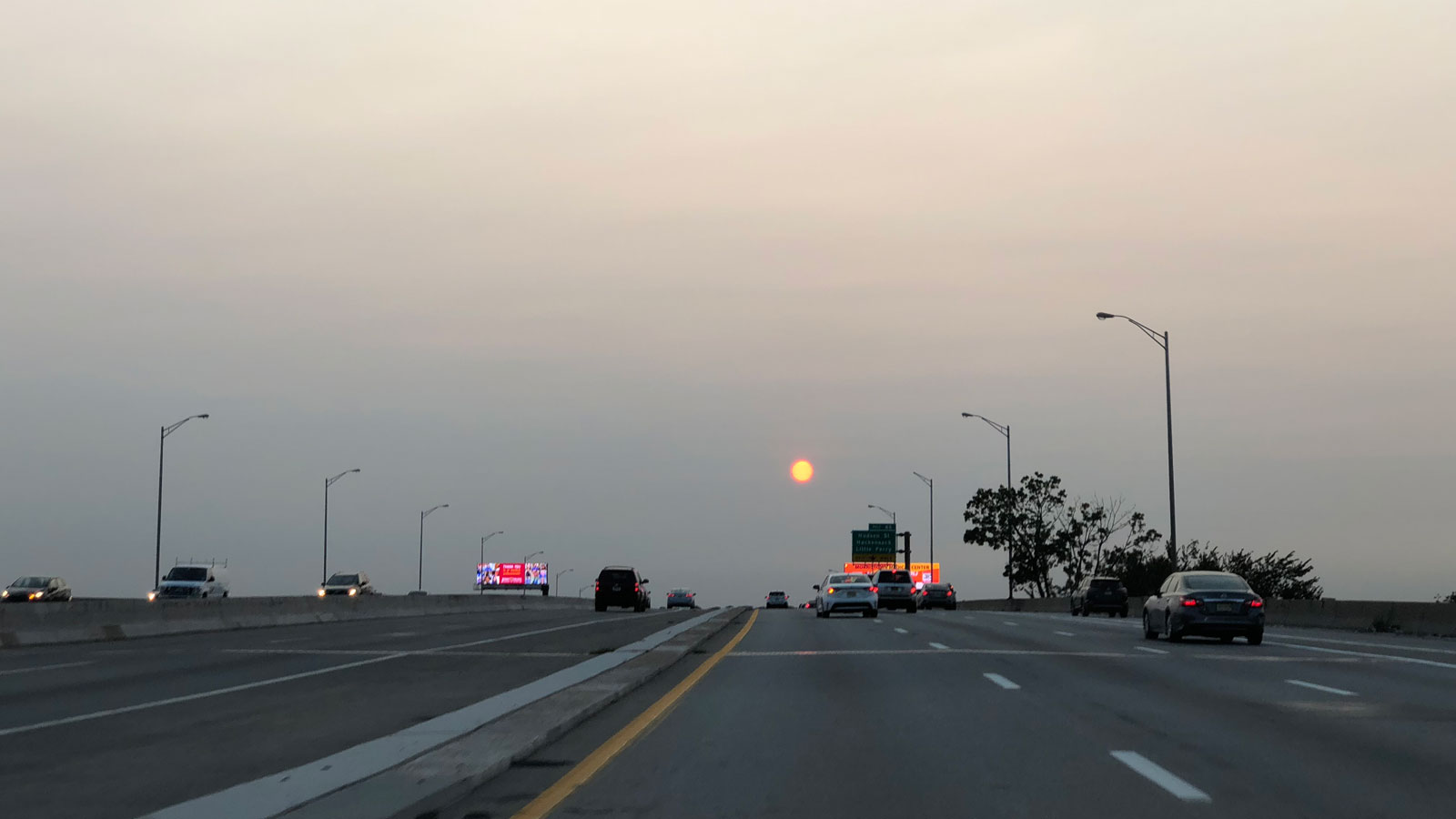In recent years, large wildfires have raged across the West, filling the air with smoke. But dangerous, smoky air can also cause problems for people who live east of the Rockies.
Every year, thousands of smaller fires burn in eastern states.
“Smoke from those large Western wildfires can also be transported to the east as well,” says Katelyn O’Dell.
As a graduate student at Colorado State University, O’Dell analyzed 13 years of air quality data, satellite images of smoke plumes, and records of asthma-related hospital visits.
She found that the danger is most severe for residents who live in the West. But because so many people live in eastern states, the total number of smoke-related hospital visits there was actually larger.
O’Dell says her study is an important reminder that harmful smoke particles can pollute the air people breathe even in regions where wildfires are not a top-of-mind concern.
“Especially when smoke is transported from far away, it might not even look smoky and it might not smell like smoke,” she says. “And so your eyes and your nose are not necessarily the best indicators of smoke.”
So O’Dell says it’s important for everyone to keep an eye on local air quality warnings and for vulnerable people to take precautions on days when smoke is in the air.
Also see: Wildfires and climate change: What’s the connection?
Reporting credit: Sarah Kennedy/ChavoBart Digital Media and Diana Madson
Source link


